In the last few years, social platforms like Facebook and Instagram have provided increasingly detailed targeting for demographics like age, gender, location, interest, engagement and more.
Targeting is all about selecting the most important viewers for your advertising! Who exactly is the most likely to want your product or service? And for organizations like yours, detailed targeting options mean lots of ways to define and reach your target audience! Your goal is always to get your message across to the people who matter the most. But the landscape of audience targeting is about to change dramatically (and not necessarily in a good way).
What are these changes?
Tech giant Meta recently revealed significant changes to its ad targeting options on Facebook. The new choices, which started rolling out in January of 2024, will remove or consolidate certain detailed ad targeting options.
The apparent goal: reducing the targeting of ads based on granular and sensitive details such as race/ethnicity.
Some current campaigns will be impacted by these changes, meaning you have less control over who your ad spend reaches. But more importantly, you need to stay aware of the direction these changes are taking.
The future of targeting
By reducing targeting options in areas like health, race, and ethnicity, Meta is aiming to address concerns related to sensitivity or discrimination. In the past, controversies have arisen from unethical—or even illegal—uses of ad targeting features. For example, some companies have used targeting to exclude audiences they didn’t want using their products, often on the basis of race, ethnicity, or religion (which is a BIG no go—right?).
Facebook and Instagram will still have lots of options for targeting, but the choices available to advertisers could continue shrinking. And while the removal of sensitive targeting choices may help prevent discrimination, it also means that you need to reevaluate your strategy.
Who is my audience?
The most important thing you do to set your business up for success is to define exactly who your audience is. How old are they, where do they live, and what are they interested in? What can I do to reach them and meet their needs?
As targeting options are reduced, you need to go over your audience analysis with a fine-toothed comb and ask questions like:
- Do I know anything different about my target audience now than I did starting out?
- Has my target audience changed at all?
- Which audiences have brought in the most business (or the least)?
- What are the most important audience characteristics to hit with my targeting?
- Will any of these demographics make targeting my ads difficult?
Changes will continue to roll out in the coming months, so there’s no better time for you to proactively adjust your ad targeting strategies to ensure your campaigns are reaching the audiences you’re looking for.
Set yourself up for success
Stay flexible and proactive to ensure you have a plan to connect with your audience—while maintaining compliance to whatever policy may come next.
If you need help in defining your audience or creative ideas on how to capture their attention, Book a free Discovery Call with TwoTone and we’ll help you strategize to develop the perfect plan for reaching your customers.














